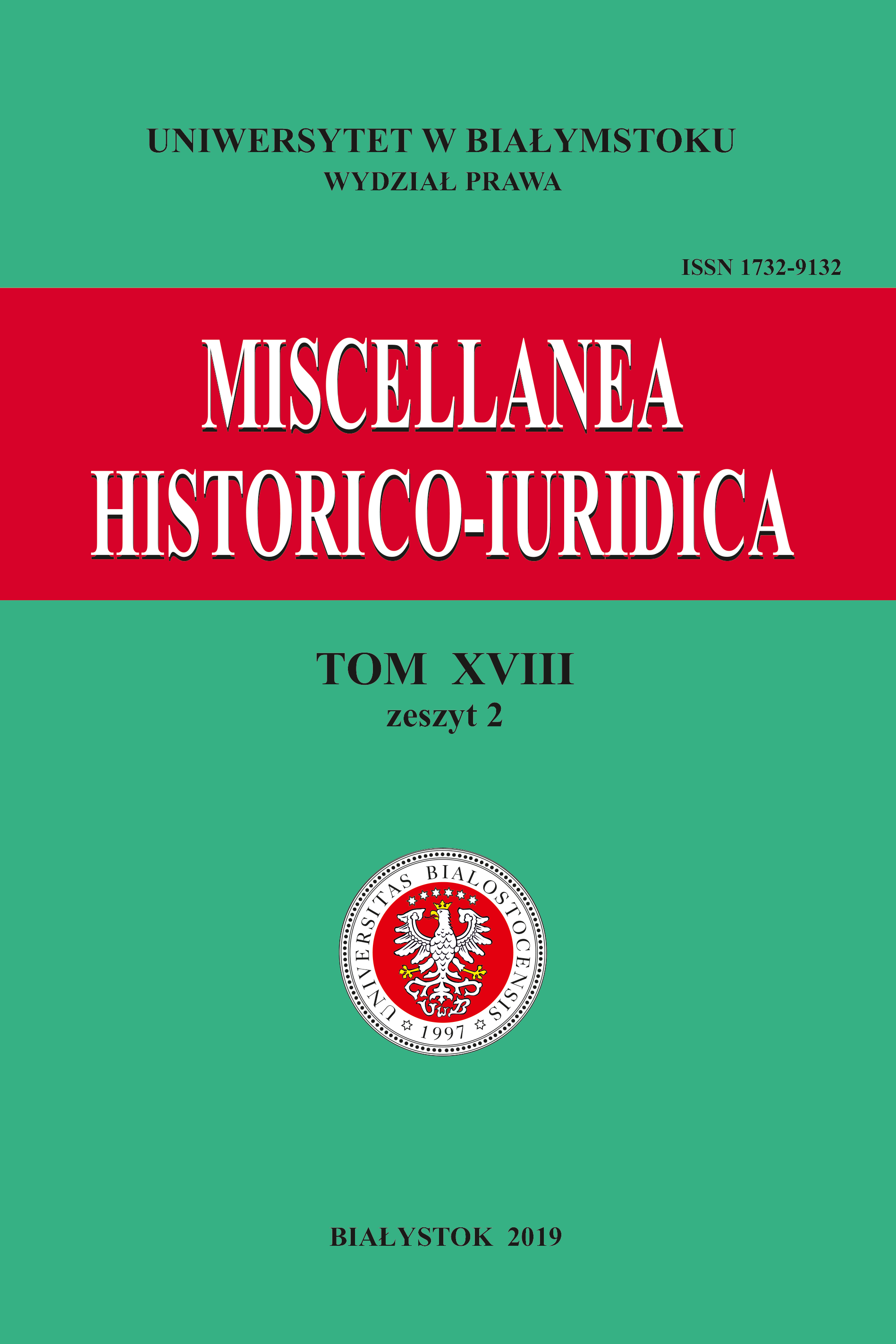Ewolucja systemu kontroli państwowej w Rosji Radzieckiej i Związku Radzieckim w latach 1917–1953
The evolution of the state control system in Soviet Russia and the Soviet Union in 1917–1953
Author(s): Michał DaniłowskiSubject(s): History, Recent History (1900 till today), Pre-WW I & WW I (1900 -1919), Interwar Period (1920 - 1939), Post-War period (1950 - 1989)
Published by: Wydawnictwo Uniwersytetu w Białymstoku
Keywords: : state control; Soviet Union; communism; stalinism
Summary/Abstract: The issue of control played an important role in communist ideology. The concept of workers’ control was tried by the communists before the October Revolution. Stalinist times played a key role in the history of state control in the Soviet Union. Lenin, although the creator and main ideologist of the newly created state, due to his illness and death shortly after the end of the civil war in Russia, had no opportunity to implement a large part of his postulates. The relatively long, almost 30-year period of Stalin’s rule (1924–1953), and the scope of power he managed to obtain enabled him to implement Leninist ideas according to his own vision. The patterns of state control developed in 1917–1953 were largely reproduced in the following years of the Soviet Union’s existence. Due to the expansion of communism after World War II, they were also taken over by other socialist countries. The purpose of this publication is to show the characteristic features of the various stages of the evolution of the state control system in Soviet Russia and the Soviet Union in 1917-1953, and to indicate the factors that determined these changes.
Journal: Miscellanea Historico-Iuridica
- Issue Year: 18/2019
- Issue No: 2
- Page Range: 91-109
- Page Count: 20
- Language: Polish

